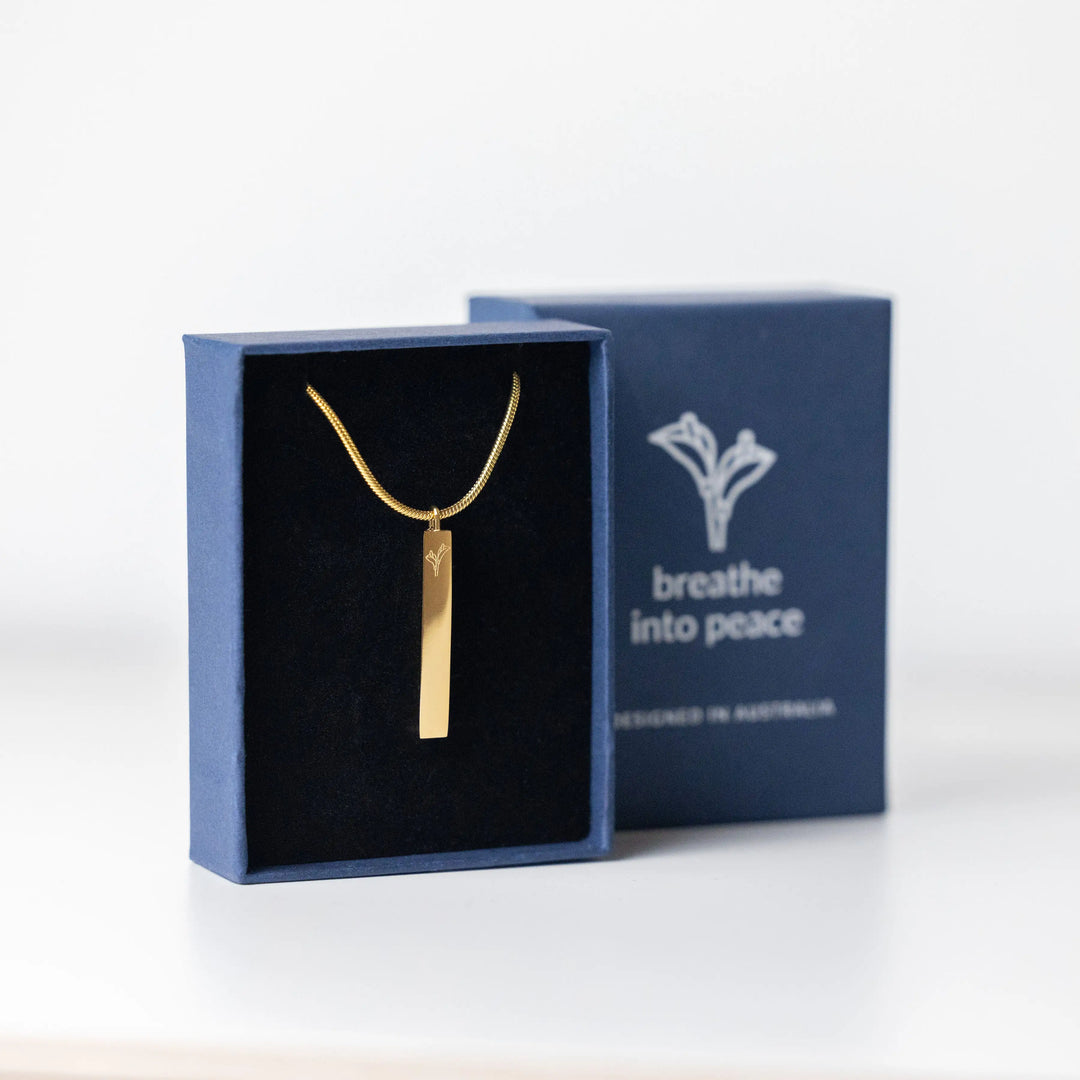How to Build a Resilient Team with Nervous System Techniques
Nervous System and Team Dynamics | Regulating the Nervous System in a Team Setting | Building Resilience in Teams | Final Word
In creating and nurturing resilient teams, understanding the intricate dance of the nervous system plays an important role. The ebb and flow of stress and relaxation within each member can significantly influence a team's collective harmony and performance. Integrating natural anxiety relief into regular team activities can provide a reflective space for members to understand and manage their emotions more effectively. In this article, we’ll delve into harnessing nervous system techniques to cultivate resilience and foster a supportive team environment.
The Impact of the Nervous System on Team Dynamics
At the heart of our interactions lies the nervous system, a complex network that governs our responses to stress and relaxation. When the sympathetic nervous system takes the lead, it propels us into a ‘fight or flight’ response, heightening stress levels. Conversely, the parasympathetic nervous system ushers in calmness, promoting relaxation and recovery. The balance between these states in every team member directly influences team dynamics, affecting communication, problem-solving, and overall performance.
Techniques for Regulating the Nervous System in a Team Setting
In regulating nervous systems in a work setting, viewing a team not just as a collection of individuals but as a single, interconnected system is transformative. Much like the intricate workings of the human body where each organ contributes to overall health, every team member’s mental state influences the group’s collective energy.
Here are some techniques designed to foster tranquility and resilience in a team setting:
- Candor Breaks - create moments during meetings or team interactions to encourage open and honest communication. This practice fosters psychological safety, allowing team members to share thoughts and feelings without fear of repercussions. Encouraging these breaks can lead to a more cohesive and understanding team dynamic.
- Independent Observers - invite outside experts or impartial observers to provide objective feedback on team dynamics and work assessments. This external perspective can help the team address issues without internal biases, contributing to a healthier, less stressful work atmosphere.
- Story Sharing - encourage team members to share personal stories, including life journeys with highs and lows. This vulnerability fosters trust, compassion, and empathy within the team, creating a supportive environment that buffers stress. You can also try using journal prompts in the conversation so that team members can better articulate thoughts and ideas.
- Owning Challenges - promote an environment where team members feel comfortable expressing fears and concerns. Facilitate discussions where individuals can own up to their part in team issues. The goal is to encourage a solution-focused approach rather than blame which can significantly reduce team stress and anxiety.
- Show that You Care - of course, do not forget the critical role of leaders in culturing a resilient team. Leaders should consistently demonstrate genuine interest in the team’s progress and well-being by asking probing questions and listening attentively to their responses. Adding discussions about natural relief techniques into team check-ins can also reinforce well-being alongside productivity.
- Temperature Checks - at the beginning of each meeting, conduct a quick “temperature check” where team members can talk about their energy levels and rate it from a scale of 1 to 10. This practice helps in quickly identifying anyone who might be struggling or feeling overwhelmed, allowing for timely support and intervention.
- Co-Elevation - commit to building each other’s resilience by establishing clear expectations around mutual support and team unity. Promoting a culture of co-elevation strengthens the team bond as well as making sure that individuals feel supported in managing stress and challenges collectively.
- Incorporating Pets in the Workplace - allowing pets in the office or having a designated office pet can be a unique and effective technique for enhancing nervous system wellness among team members. Pets naturally provide comfort and reduce stress levels. Interactions with pets have been shown to lower stress hormones and can encourage more frequent breaks and physical activity. The social interactions formed around pets can also enhance team cohesion and communication, further contributing to a supportive and resilient work atmosphere.
- Reflective Circles - establish a practice of reflective listening with the team where members gather to share their thoughts, experiences, or concerns. In these circles, each speaker is given uninterrupted time to speak while others listen with full presence without preparing a response or judgment. This practice deepens team connections and empathy but also encourages active listening in a safe space of expression and mutual respect.
By embracing and integrating these enhanced techniques, teams can cultivate a more supportive, empathetic, and resilient working environment. Here, each member feels valued and understood, contributing to the collective strength and adaptability of the group.
Building Resilience through Collective Practices
Working as a team doesn’t always mean literally “working” as a team. As a unified system, members can also engage in unified practices that have nothing to do with their literal work. However, these practices can elevate their cohesion and resilience, laying a solid foundation for a supportive and adaptive workplace. Here are some collective practices that may be incorporated into the team:
- Synchronised breathing exercises - initiating meetings with synchronised breathing exercises can harmonise the team’s collective energy, fostering a sense of unity and calm. This ritual can act as a grounding mechanism, reducing stress and aligning team member’s focus toward a common goal. Adding a breathing necklace as a physical tool during these exercises can enhance mindfulness and serve as a tangible reminder of the team’s goal.
- Collective physical wellness activities - incorporating physical activities such as team yoga, stretching, or light exercise into the work routine can help dissipate physical and mental tension.
- Nature integration activities - encouraging outdoor meetings or team walks in nature can subtly but profoundly impact the team’s overall well-being. Nature’s inherent calming effect coupled with the physical benefits of light exercise can rejuvenate team spirit.
- Joint relaxation techniques - exploring various relaxation techniques like guided imagery or progressive muscle relaxation can inject a dose of lightheartedness into the team environment.
Final Word
The path to building resilient teams is multifaceted, combining the wellness of the individual with the collective practices that promote unity and support. Note that resilience cannot grow in isolation but the resilience of the individual helps build the resilience of the team. Leaders play a critical role in this process by fostering an environment that supports group wellness.
In this search for collective harmony, tools that support individual nervous system wellness can be powerful. Simple practices like writing in an anxiety journal can serve as personal reminders to pause, breathe deeply, and relax. As each team member embraces these practices, they contribute to the team’s collective strength.





Leave a comment